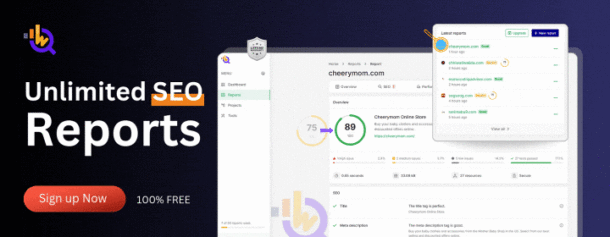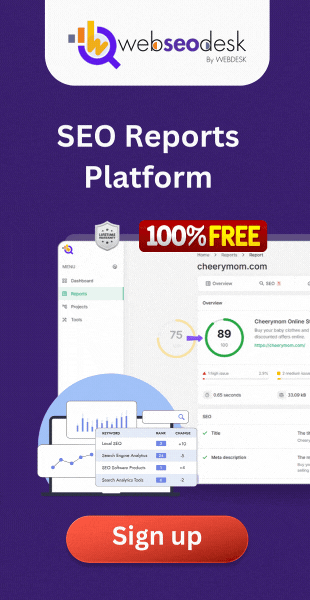Improving general website ranking, generating natural traffic, and raising search engine visibility depend on writing SEO-friendly blog entries. Following a few basic guidelines will help you to make sure that your blog entries not only appeal to your readers but also show good search result performance. The key actions for producing search engine optimized blog material will be discussed in this post.
- Investigate Thoroughly Using Keywords
Researching keywords is the first step to guarantee your blog article is search engine optimized before you start writing. Search pertinent keywords for your topic using Google Keyword Planner, Ahrefs, or SEMrush. Emphasize long-tail keywords since they often have less competition and draw more focused visitors.
Once your goal keyword is known, naturally include it in the title, headings, introduction, and conclusion of your blog article. Steer clear of keyword stuffing since it will make your material less readable and cause search engine penalties.
- Establish an engaging title.
Readers and search engines will initially notice the title of your blog post among other things. Verify that your title is SEO-friendly as well as interesting. Ideally near the beginning, include your goal keyword in the title to enable search engines to know the nature of your piece. Create headlines that pique the reader’s interest or address an issue as well; this will raise the likelihood of clicks.
For instance, consider something more particular like “10 Proven Tips for Writing SEO-Friendly Blog Posts,” instead of a general title like “Tips for Writing Blogs.”
- Create Excellent, Captivating Content SEO is mostly dependent on quality of content. Google and other search engines give information that is well-written, helpful, and instructive top priority. By addressing your audience’s questions or difficulties, your blog post will offer value.
Divide your work into sections using sensible, instructive headings. This not only makes reading your post simpler but also aids in search engine understanding of your content’s organization. Short paragraphs, bullet points, and numbered lists help you to make your content skimmable and increase readability.
Remember to strive for a word count that is both succinct enough to keep reader attention and long enough to thoroughly address the subject. Depending on the depth of the issue, blog entries should ideally run 500 to 1,500 words.
- Simplify Headings and Subheadings
Headings (H1, H2, H3, etc.) are crucial for SEO as they enable your material to be organized for search engines as well as readers. Your primary title needs to be an H1 tag; tags for subheads should be H2 or H3 tags.
Including your target keyword or associated keywords inside headings helps search engines find your material relevant. In a blog article on SEO-friendly writing, for instance, a subheading like “How to Use Keywords Effectively” will increase keyword relevance for that part.
- Maximize Media and Images
Though they might improve your blog article, images and other media have to be optimized for SEO as well as user experience. Big picture files might slow down your website, so influencing the page load speed and consequently your SEO results.
To best maximize images:
Compress photos to cut their file count without sacrificing quality.
Name files clearly and include alt text including pertinent keywords.
Make sure images load fast on desktop and mobile platforms as well as being responsive.
- External and Internal References
Linking to pertinent internal and outside materials for your blog content is an excellent SEO technique. Internal links enhance your whole SEO performance by allowing search engines to grasp the linkages between several pages on your website. For instance, link to another post you have on SEO techniques within the body of work.
External links to credible, well-researched, authoritative sites demonstrate to search engines that your material is reliable. Just be sure the outside links come from reliable sources and are pertinent.
- Optimize for Mobile Devices
User experience and SEO depend on your blog post being mobile-friendly given the increasing use of mobile devices. Google ranks sites mostly using the mobile version of a website since it employs mobile-first indexing, that is, mostly.
Make sure your blog entries are responsive—that is, they change automatically to suit mobile device screen size. Make sure the design of your website is easily navigable on smaller screens and that images and text are suitably sized.
- Prepare a meta description.
Under the title in search engine results, the meta description—a brief synopsis of your blog post—showcases Although meta descriptions have no direct bearing on SEO results, a strong, keyword-rich meta description will raise the click-through rate (CTR) to your blog content.
Including your target keyword, keep your meta description around 160 characters. It should also present a clear value proposition to inspire readers to visit your link.
Nine: Emphasize readability.
Search engines appreciate easily readable and understandable material. Write in a tone appropriate for your audience; avoid jargon; use simple, unambiguous language. Hemingway and Grammarly, among other tools, can assist you in increasing readability by stressing grammar problems and offering easier substitutes.
Take also into account the user’s intention behind their search query. Make your material the best response to their query and reflect their expectations.
In summary,
Driving natural traffic to your website depends on producing search engine optimized blog entries. Your chances of appearing higher in search results will increase by doing keyword research, producing worthwhile material, adjusting headings, including both internal and outside links. Always give quality and readability top priority, then make sure your blog entries search engines and readers will find optimal. Following these best standards can help your blog entries not only get more readers but also interact with and hold onto them.












0 Comments